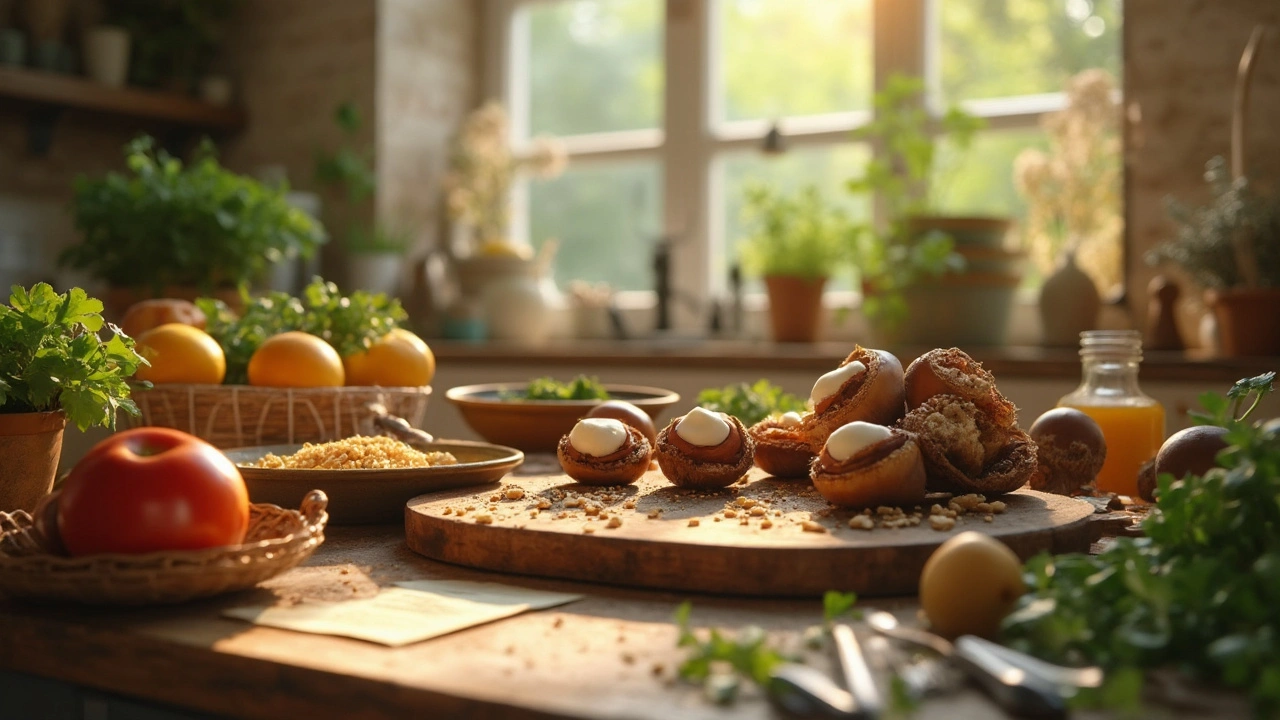European Chestnuts: Your Simple Guide to Eating, Storing & Enjoying
European chestnuts (Castanea sativa) are the tasty nuts you see around holidays and in cozy markets. They’re not the same as horse chestnuts you might find in parks—those are inedible. Real chestnuts have a sweet, slightly buttery flavor and a soft, starchy texture that makes them perfect for both sweet and savory dishes.
What Makes European Chestnuts Special?
First off, they grow on tall, sturdy trees that thrive across the Mediterranean, parts of France, Italy, Spain, and even into the UK. The trees love cool, moist climates, so you’ll often see them in hilly orchards. A single chestnut season can stretch from late September to early December, depending on the region.
Nutrition-wise, chestnuts are a low‑fat, high‑carb nut. One roasted chestnut (about 17 g) gives you roughly 70 calories, 15 g of carbs, 1 g of protein, and a good dose of vitamin C, potassium, and magnesium. They’re also gluten‑free, making them a safe snack for many dietary restrictions.
How to Pick, Store, and Cook Them
\n
When you’re at the market, look for nuts that feel heavy for their size and have smooth, shiny shells. Avoid any with moldy spots or cracks – those are signs of spoilage. If the shells are still tight, give them a gentle shake; you should hear a faint rattling sound from the nut inside.
To store chestnuts, keep them in a breathable bag (like a paper bag) in the fridge for up to two weeks. For longer storage, you can freeze them after roasting – just let them cool, pack them in a zip‑top bag, and pop them in the freezer. Frozen roasted chestnuts stay good for about three months.
Cooking is easy. The classic method is to score the flat side of each nut with a sharp knife (a shallow “X”), then roast them in a 400°F (200°C) oven for 20‑25 minutes, shaking the pan halfway through. The scoring prevents the nuts from exploding and makes the skin peel off nicely. You can also boil them for 15 minutes, then peel – this keeps them softer for soups and purees.
Once you’ve got the skin off, the possibilities open up. Toss them with a bit of olive oil, salt, and rosemary for a crunchy snack. Blend them into a velvety chestnut soup, or purée them to make a creamy risotto base. In desserts, chestnut puree pairs beautifully with chocolate, plums, or mascarpone for a holiday tart.
Pro tip: If you’re adding chestnuts to a salad, slice them thin after roasting. The gentle sweetness balances tangy dressings and adds a satisfying bite.
That’s the nutshell (pun intended) on European chestnuts. They’re affordable, versatile, and packed with nutrients you can enjoy all year round. Grab a bag, give them a quick roast, and discover why these humble nuts have been a favorite across Europe for centuries.

